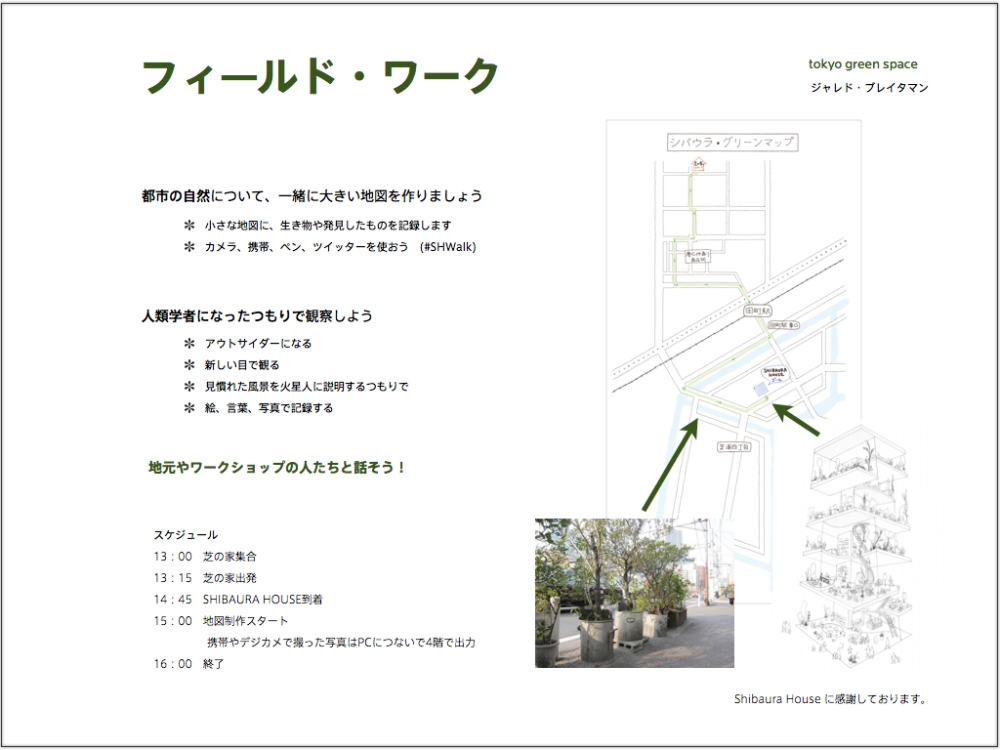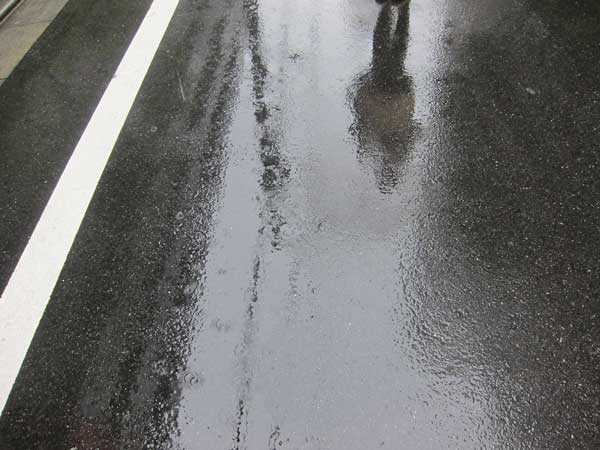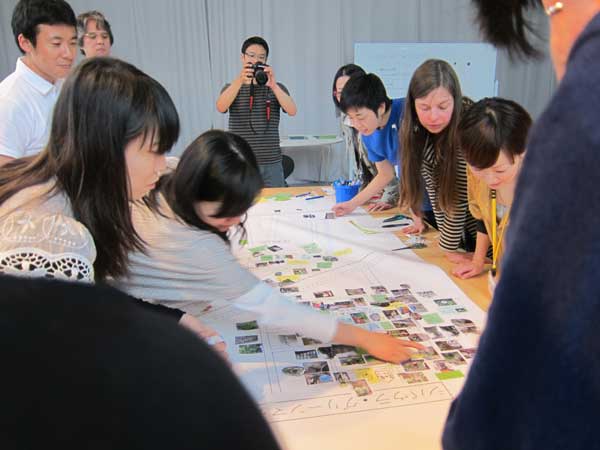
A very exciting blog started recently called Ethnography Matters. Contributors include applied anthropologists and experienced practitioners, graduate students and professors, design and technology consultants. It’s a very intelligent and public discussion.
My Guest Post is called “Outside In: Breaking Some Anthropology Rules for Design.” Design and industry are becoming more aware of the value of ethnography. I wanted to raise the question of how to make visible the full range of theories and perspectives from our academic training as cultural anthropologists. And when to break the rules.
Although it’s tempting to put a happy gloss on past endeavors, I also think there’s been a lack of public discussion about the employment realities in anthropology over the past decades and how they have led to an inward focus. This silence serves very few people.
My essay is about reclaiming the productive parts of academic training, while also gleefully breaking old academic rules. I am curious whether the younger readers, particularly graduate students, will have a different perspective. Do academic rules still limit creativity and innovation?
What do you think? Have you broken professional rules to be a better designer? Can we be simultaneously thinkers and practitioners?




